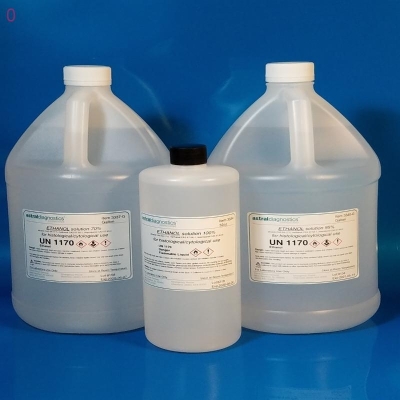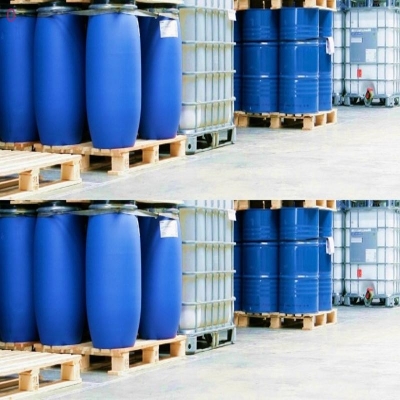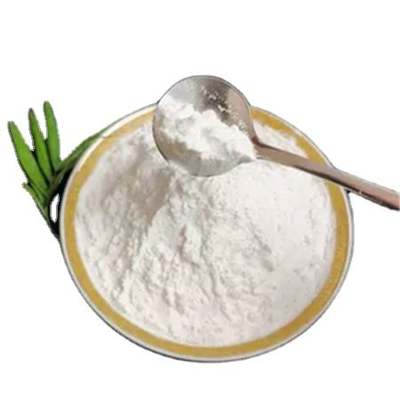-
Categories
-
Pharmaceutical Intermediates
-
Active Pharmaceutical Ingredients
-
Food Additives
- Industrial Coatings
- Agrochemicals
- Dyes and Pigments
- Surfactant
- Flavors and Fragrances
- Chemical Reagents
- Catalyst and Auxiliary
- Natural Products
- Inorganic Chemistry
-
Organic Chemistry
-
Biochemical Engineering
- Analytical Chemistry
- Cosmetic Ingredient
-
Pharmaceutical Intermediates
Promotion
ECHEMI Mall
Wholesale
Weekly Price
Exhibition
News
-
Trade Service
[ Focus on Chemical Machinery and Equipment Network ] In recent years, the protection and restoration of cultural relics has become a hot word
.
From the hot screening of "I Repair Cultural Relics in the Forbidden City" to Fan Shijin, the guardian of Dunhuang, new annotations on traditional Renaissance and cultural heritage are being prepared
.
From a small steel brush to now all kinds of professional instruments and equipment are on the battlefield, archaeology has gone through ups and downs, and now archaeology and technology are inseparable and compatible
.
Let the cultural relics see the sky again
.
Chemical machinery and equipment network hotspots pay attention to chemical machinery and equipment.
From the hot screening of "I Repair Cultural Relics in the Forbidden City" to Fan Shijin, the guardian of Dunhuang, new annotations on traditional Renaissance and cultural heritage are being prepared
.
From a small steel brush to now all kinds of professional instruments and equipment are on the battlefield, archaeology has gone through ups and downs, and now archaeology and technology are inseparable and compatible
.
Let the cultural relics see the sky again
.
Recently, a large number of bronze cultural relics in Hubei Provincial Museum have reappeared, waiting for people to break the dust and lift up dusty ancient memories
.
"Technology + cultural relics" has once again become the focus
.
The Hubei Provincial Cultural Relics Restoration Team carried out rescue restorations of nearly 100 sets of incomplete and severely corroded metallic cultural relics in the museum
.
These metal cultural relics with the texture of copper or iron are left over from various periods in ancient times, including magical instruments, weapons, and household utensils
.
The repair work includes derusting and sealing, shaping, repairing and matching defects, welding repair, reinforcement, bonding, repairing and restoring
.
.
"Technology + cultural relics" has once again become the focus
.
The Hubei Provincial Cultural Relics Restoration Team carried out rescue restorations of nearly 100 sets of incomplete and severely corroded metallic cultural relics in the museum
.
These metal cultural relics with the texture of copper or iron are left over from various periods in ancient times, including magical instruments, weapons, and household utensils
.
The repair work includes derusting and sealing, shaping, repairing and matching defects, welding repair, reinforcement, bonding, repairing and restoring
.
To regain the brilliance of the metal and restore the original appearance of the damaged artifacts, the cultural relics restorers uphold the professionalism and patience to guard the precious cultural relics
.
The process of restoring cultural relics is extending the life of cultural relics, and it is also a dialogue with history
.
The cultural relic restoration instrument is to build a bridge for this "dialogue"
.
Unlike flexible cultural relics such as silk fabrics and picture scrolls, metal cultural relics are harder and mostly three-dimensional.
It is difficult for cultural relics restorers to intuitively understand the internal situation through general tools.
X-ray flaw detectors, metallographic microscopes, scanning electron microscopes-energy spectrometers , Scanning electron microscope-energy spectrometer and other instruments have become indispensable weapons
.
.
The process of restoring cultural relics is extending the life of cultural relics, and it is also a dialogue with history
.
The cultural relic restoration instrument is to build a bridge for this "dialogue"
.
Unlike flexible cultural relics such as silk fabrics and picture scrolls, metal cultural relics are harder and mostly three-dimensional.
It is difficult for cultural relics restorers to intuitively understand the internal situation through general tools.
X-ray flaw detectors, metallographic microscopes, scanning electron microscopes-energy spectrometers , Scanning electron microscope-energy spectrometer and other instruments have become indispensable weapons
.
When buried in the ground for a long time, metals in the buried environment are affected by soil soluble salts, microorganisms and other environmental media, causing chemical, electrochemical reactions or biological effects; after being unearthed, they are exposed to the atmosphere, and copper and iron continue to corrode and decompose
.
Especially in a humid environment, metal substances are more likely to be oxidized and slowly decomposed into scrap copper and scrap iron
.
.
Especially in a humid environment, metal substances are more likely to be oxidized and slowly decomposed into scrap copper and scrap iron
.
For metal cultural relics with rusty surfaces, without knowing the internal situation, rash removal of rust will cause irreversible damage to the cultural relics
.
At this time, X-ray flaw detectors come in handy, which can help restorers see the internal situation of cultural relics and repair them in a targeted manner
.
In addition, the industrial CT detector is also an instrument for viewing the internal situation of cultural relics
.
Unlike X-ray flaw detectors, X-ray flaw detection is a plane image, and industrial CT flaw detection is a three-dimensional imaging
.
Detector .
At this time, X-ray flaw detectors come in handy, which can help restorers see the internal situation of cultural relics and repair them in a targeted manner
.
In addition, the industrial CT detector is also an instrument for viewing the internal situation of cultural relics
.
Unlike X-ray flaw detectors, X-ray flaw detection is a plane image, and industrial CT flaw detection is a three-dimensional imaging
.
To curb and slow down the corrosion of metal cultural relics, and effectively protect and restore cultural relics, it is necessary to understand the cause of corrosion, detect and analyze the corrosion components and extent, and assess the risk of cultural relics
.
In this case, the restoration of cultural relics generally uses a non-destructive instrument X-ray fluorescence spectrometer (XRF) to analyze the rust on the surface of the cultural relics.
After understanding the chemical composition of the rust, a reasonable method of rust removal can be selected according to the corresponding principles to ensure that the cultural relics are not damaged.
Complete the rust removal in the case of the main body
.
.
In this case, the restoration of cultural relics generally uses a non-destructive instrument X-ray fluorescence spectrometer (XRF) to analyze the rust on the surface of the cultural relics.
After understanding the chemical composition of the rust, a reasonable method of rust removal can be selected according to the corresponding principles to ensure that the cultural relics are not damaged.
Complete the rust removal in the case of the main body
.
In the subsequent analysis of cultural relics, metallographic analysis helps us observe the microscopic casting structure, metallographic structure, and corrosion growth status of the cultural relics, and then study the smelting and casting process and processing technology to achieve the purpose of cultural relic restoration
.
.
On October 19th, China's cultural relics industry's first professional skill standard-"National Professional Skills Standard for Cultural Relics Restorers" was promulgated.
This is also the current professional skill standard with the most professional directions, the richest content, and the largest volume
.
With the official release of the standards, many of them include requirements for the use of professional repair tools
.
From the beginning of archaeology to this day, instrument supplies are indispensable
.
This is also the current professional skill standard with the most professional directions, the richest content, and the largest volume
.
With the official release of the standards, many of them include requirements for the use of professional repair tools
.
From the beginning of archaeology to this day, instrument supplies are indispensable
.
The instrument allows time to collide with life, and the fusion of times and characters
.
In the future, more instruments will be put into the field of cultural relics restoration.
The use of scientific methods and instrument testing to assist in the restoration of cultural relics is the unswerving direction of the restoration of cultural relics
.
.
In the future, more instruments will be put into the field of cultural relics restoration.
The use of scientific methods and instrument testing to assist in the restoration of cultural relics is the unswerving direction of the restoration of cultural relics
.
Original title: The restoration of cultural relics has wonderful instruments to help hundreds of metal cultural relics to rejuvenate







